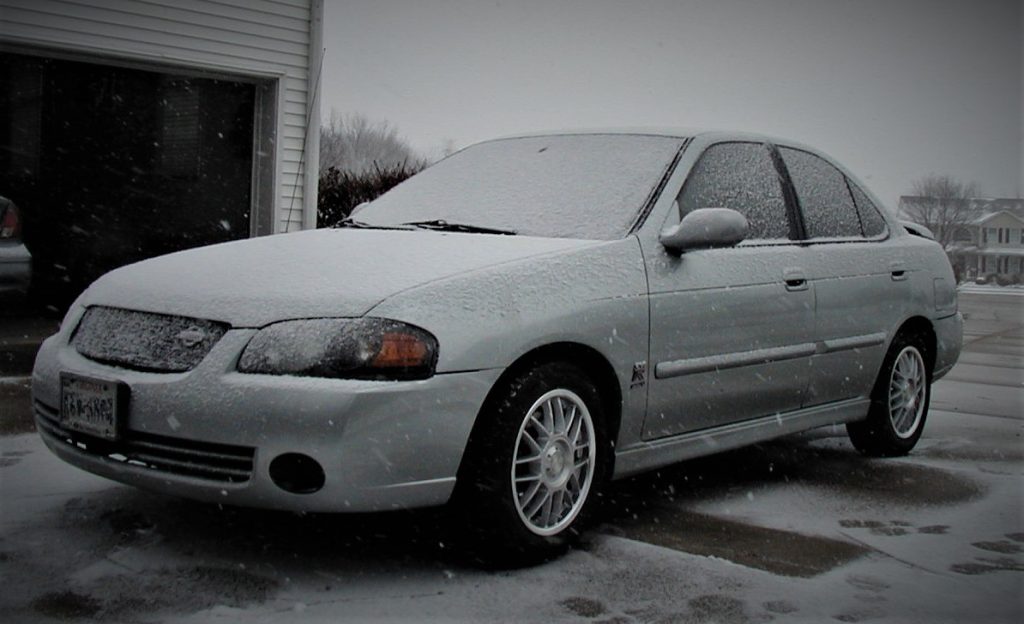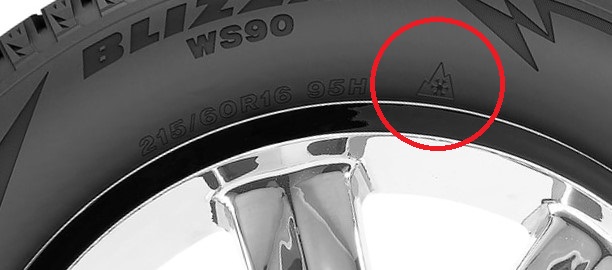Q: I live in an area that occasionally experiences heavy snowfall during the winter and I’m considering a set of winter wheels and tires. Are they really worth it, given the modern advances in stability control?

A: Stability control (a driver-aid system that combines anti-lock braking and traction control) will help you in slippery conditions, but it’s only as good as your tires’ traction. Winter tires deliver superior performance in near- or below-freezing temperatures where heavier snowfall and ice are common, and are the best choice for those living in rural or high-elevation communities.
Performance vehicles that are normally fitted with summer tires, but are still driven in winter, will benefit greatly from a set of dedicated winter tires. Winter tires should always be installed as a set of four, matching the stock sizes.
NOTE: They should only be used during the colder months because the rubber is considerably softer and more flexible than conventional tires. Using them in warmer weather will cause rapid tire wear and compromise your vehicle’s handling.

All-season tires are designed for dry, wet, and light snowfall conditions, and in many parts of the country they can be successfully run all year long without an issue. Some tire manufacturers sell premium grip all-season tires that carry the same severe snow traction performance rating (denoted by a three-peak mountain snowflake symbol) as winter tires. While these are not as good as a dedicated winter tire, they still provide a substantial improvement in snow traction.

The BFGoodrich Advantage T/A Sport LT is an example of this type of tire. Available for trucks and SUVs in sizes 15 to 22 inch, these tires combine a quiet ride with up to a 30 percent improvement in snow traction over a standard all-season tire, plus a 65,000 mile, six year prorated warranty. They’re well suited to a driver who lives in a mild-to-moderate four season environment, but doesn’t want to purchase and store an extra wheel/tire set.
…
This is another in a series of weekly Q&A Mailbag sessions with Summit Racing‘s tech department, in which there are hundreds more. Click here to see more.

Best money I ever spent was getting snow tires for my Mercury Grand Marquis.
I started running dedicated winter tires on my vehicles in winter over 20 years ago. The difference is night and day. I would never run all seasons in winter again.
We have a 2003 SVT Focus(purchased new by my wife). Without snow tires and on the original equipment tires, the car is horrible in snow and she refused to drive it during the winter. With snow tires the car is safe and tons of fun to drive in the snow!
And the answer is: It all depends on a whole host of variables. There is no real answer, you have to evaluate each situation independently.
I’ve been involved with winter tire testing for 22 years, I simply wouldn’t feel happy if I didn’t have them available in the winter months
Helpful article. Always have had AT but moved to a place were there is much more snow and roads are plowed much less. Might try winter tires out this time around.
Finally someone talking sense to people about winter tires – summarizing your comment: grip is “only as good as your tires’ traction”.
I get so tired of people saying “I have 4WD & all season tires”. That might be fine for getting started as long as you’re not on too deep of snow or too slippery of ice or too steep of hill; but how are you gonna turn or stop? Those are usually the people off the road or in the snow banks. Winter tires make all the difference in the world on snow & ice.
Great write up Dave Matthews!